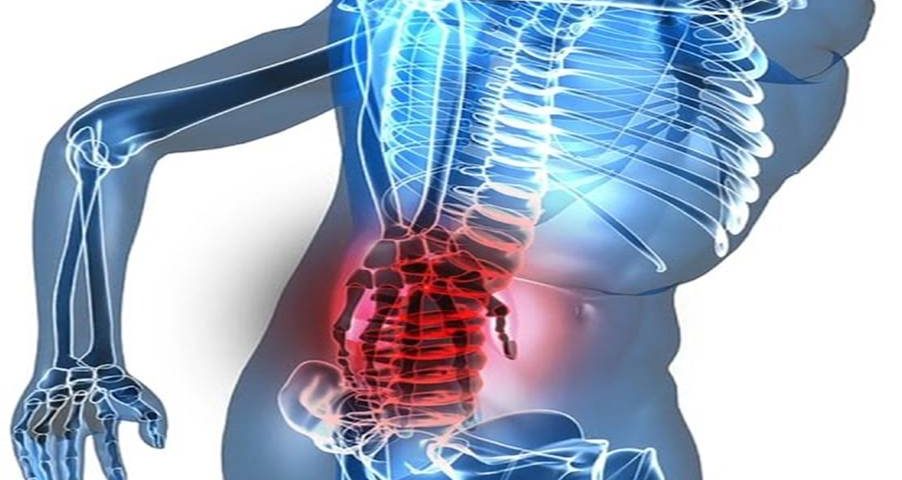
Herniated Disc in the Lower Back
Herniated disc most often occurs in your lower back which usually is one of the most common causes of low back pain, as well as leg pain (sciatica). Most men and women experience a herniation at some point in their lifetime, often without realizing it until the appearance of persistent and palpable symptoms. Sometimes a herniated disc can be very painful, but most people feel much better with just a few weeks or months of nonsurgical treatment with the help of physical therapy. Discs are serving as shock-absorbing cushions for the spine, they are positioned between adjacent vertebrae to facilitate movement and reduce friction. Each disc is made from two parts: a hard & thick exterior composed of collagen fiber (annulus) and a soft, liquid-like material known as the nucleus. For a variety of reasons, a tear or weakness in a disc’s outer layer allows the fluidic inner layer to leak into the spinal canal. As a result, additional pressure is placed on local nerves, causing pain, discomfort and other complications & this condition is referred to as a herniated disc or a slipped or ruptured disc.
Causes of herniated disc
A herniated disc can result from a number of factors, including:
Symptoms of herniated disc
Non-Surgical Treatment- Physical therapy
Often, licensed physical therapists can teach you positions and specific exercises to strengthen your lower back and abdominal muscles & alleviate herniated disc pain. By strengthening the back and abdominal muscles, you may relieve some of the strain on the ruptured disc and minimize inflammation. Traction, electrical stimulation and short-term bracing may also improve your condition.
Why SOS PHYSIO?
SOS PHYSIO’s professionals will work with you to create a customized physical therapy treatment plan based on your individual preferences and needs. Our highly trained physical therapists use advanced techniques to treat slipped discs and degenerative disc disease. Schedule a consultation today and take care of your spine by visiting one of your nearby clinics. We look forward to meeting with you and helping you get back to living.
For more information- Contact us.